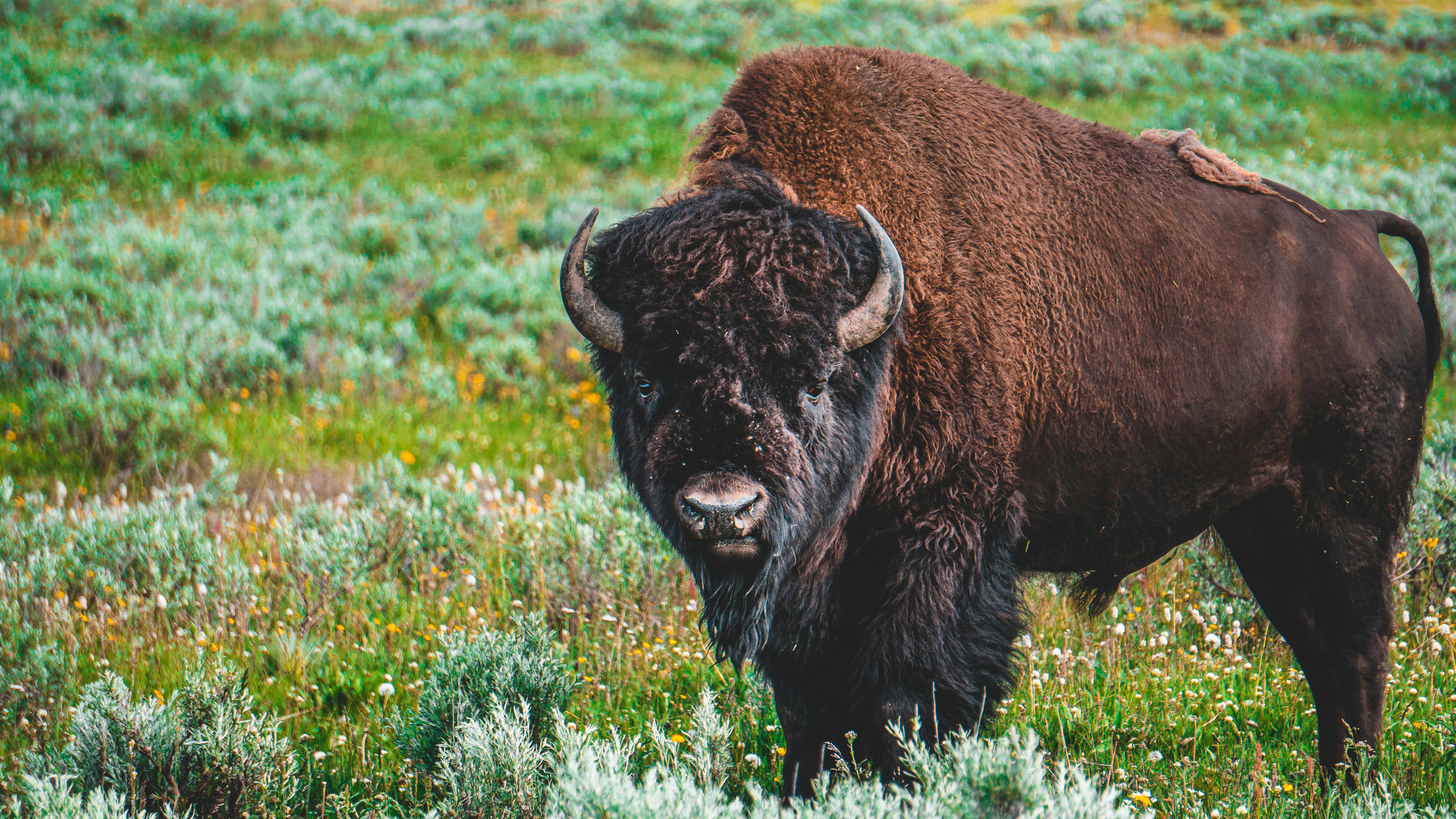Remarkable Resurgence: The Return of the North American Bison
The North American Bison, also known as the American Buffalo, is a symbol of the wild frontier and a testament to the resilience of nature. Once on the brink of extinction, this majestic creature has made an astonishing comeback in recent years, a testament to successful conservation efforts. This article delves into the fascinating history of the bison, its near eradication, the efforts to save it, and the important role it plays in today's ecosystem.

The Historical Significance of the Bison
The North American Bison is deeply embedded in the history and culture of the United States. It once roamed the continent in massive herds, numbering in the millions. Native American tribes had a profound spiritual connection to the bison and relied on it for food, clothing, shelter, and tools.
However, with European settlement in North America, the bison’s numbers began to dwindle. By the late 19th century, unregulated hunting and changes to their habitat had pushed the bison to the edge of extinction, with only a few hundred left in the wild.
The Dark Times: Near Extinction
The bison’s near-extinction is a dark chapter in American history. As settlers moved westward, they hunted the bison in vast numbers, both for their hides and to clear the plains for agriculture. Bison were killed by the thousands, their carcasses left to rot. This mass slaughter nearly wiped out the species entirely, a stark reminder of the destructive power of unchecked human activity.
Revival Efforts: A Beacon of Hope
The dire state of the bison sparked one of the earliest and most successful conservation efforts in American history. In the early 20th century, public and private entities began to take action to save the bison. Protected parks were established, and captive breeding programs were initiated. These measures gradually helped the bison population recover.
The Bison Today: A Conservation Success Story
Thanks to vigorous conservation efforts over the past century, the bison population has recovered significantly. Today, there are estimated to be over 500,000 bison in North America. While most of these are found on private ranches, many national parks and preserves are also home to thriving bison herds.
The resurgence of the bison is more than just a conservation success story. It’s a testament to the resilience of nature and a symbol of hope for other endangered species.
The Role of Bison in the Ecosystem
Bison play a crucial role in maintaining the health of the prairie ecosystem. They graze on grasses and sedges, helping to stimulate new growth. Their wallowing behavior creates depressions in the landscape that fill with water, providing habitat for a variety of species.
Moreover, the bison is a keystone species, meaning its presence or absence has a significant impact on the ecosystem. The return of the bison to its historical range has led to increases in the diversity of plant and animal species.
The remarkable resurgence of the North American Bison is an inspiring tale of resilience and recovery. By understanding the bison’s journey from near extinction to a symbol of conservation success, we can learn valuable lessons about the importance of biodiversity and the power of concerted, dedicated conservation efforts.




